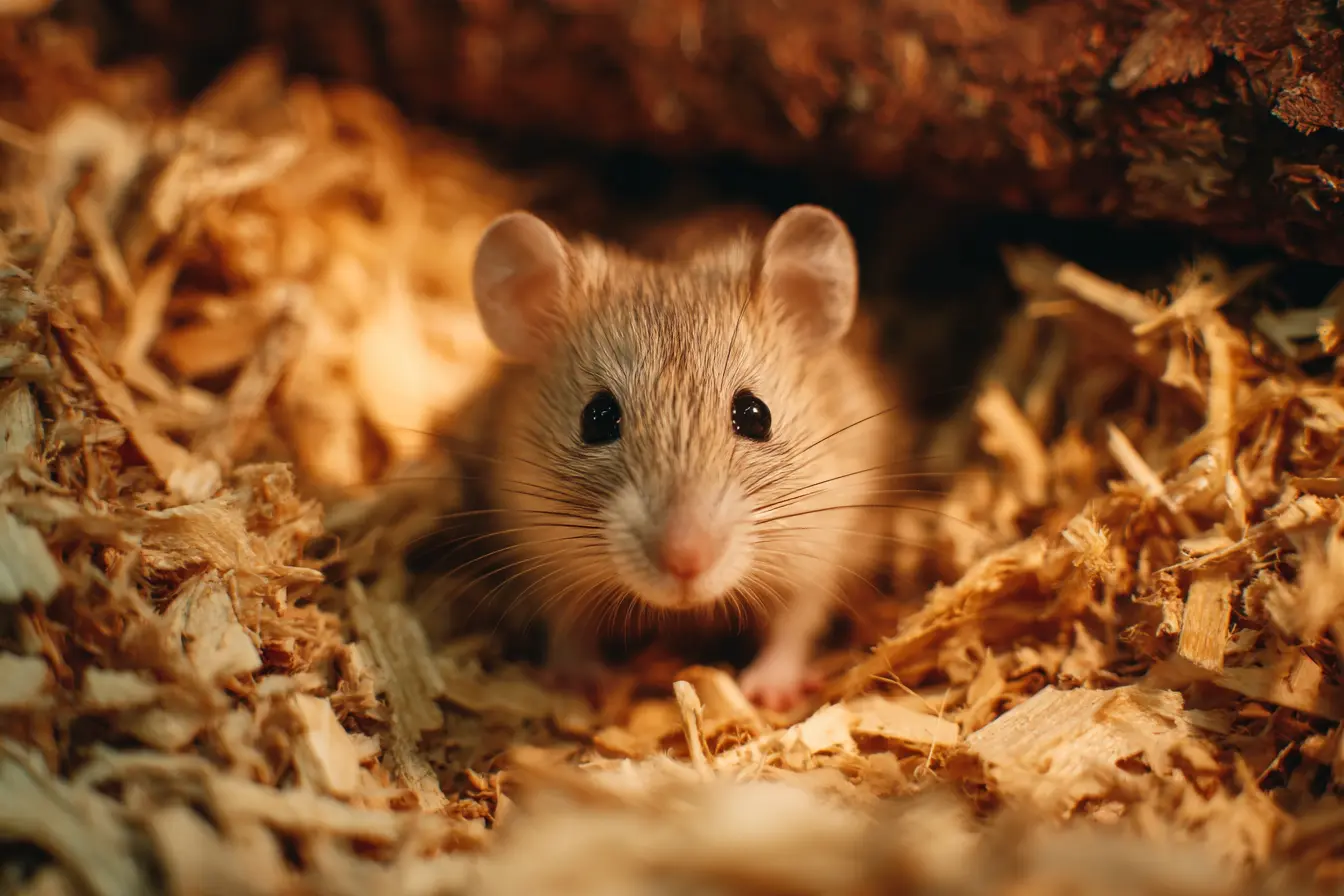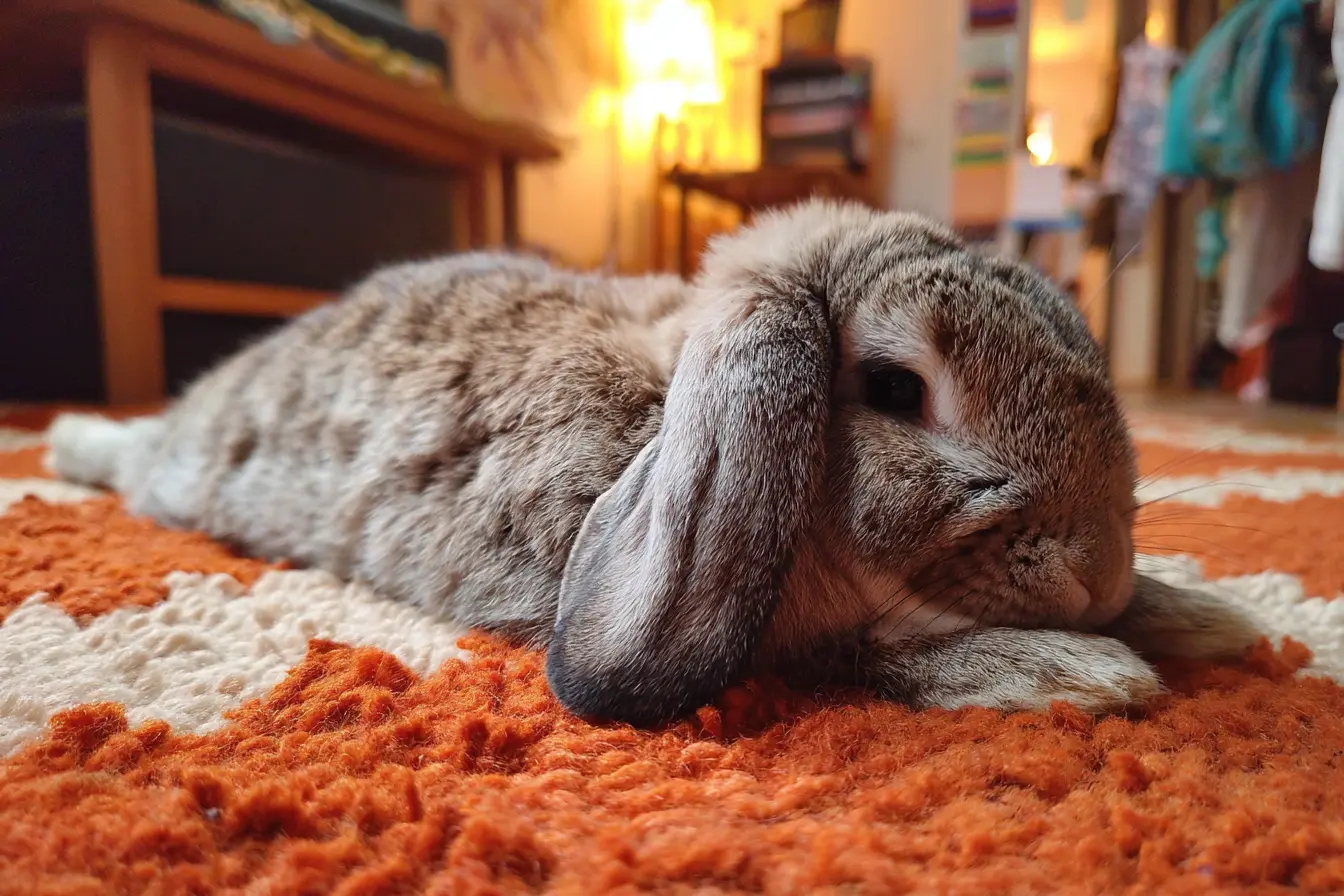
Bristle Coat Rats: A Rare and Textured Variety of Fancy Rat
Bristle coat rats are a rare and unusual variety of fancy rat, known for their distinctive fur texture that appears coarse and spiky rather than smooth or curly. While not as common as rex, satin, or dumbo varieties, bristle coat rats have become a point of interest among dedicated breeders and keepers who appreciate their unique appearance.
Like all fancy rats, bristle coats are intelligent, affectionate, and social animals that thrive when given proper care, attention, and companionship.
In this post, we’ll explore everything you need to know about bristle coat rats, from their origins and coat type to housing, diet, handling, health, and suitability as pets.
What Are Bristle Coat Rats?
The bristle coat rat is a genetic variety of the domesticated fancy rat (Rattus norvegicus domestica). The bristle coat trait is caused by a recessive gene that alters the structure of the fur. The result is a coat that feels coarse, wiry, or spiky to the touch, particularly along the back and flanks.
Bristle coat rats may vary in appearance:
- Some have a full spiky texture across the body.
- Others have more obvious bristling along the spine, with smoother fur elsewhere.
- The bristle trait can combine with different colours, markings, and ear types.
This variety is relatively uncommon compared to more established coat types like rex or satin, and is not always recognised by formal breeding standards.
Key Characteristics
- Size: 20–25 cm body length, with a tail of similar length
- Weight: 250–700 g (females are typically lighter than males)
- Lifespan: 2–3 years on average
- Temperament: Gentle, affectionate, curious, and playful
- Appearance: Wiry or spiky fur texture, sometimes described as “rough-coated”
Aside from their unusual coat, bristle coat rats share the same personality and intelligence as any other fancy rat.
Social Needs
Like all fancy rats, bristle coat rats are highly social animals and must never be kept alone. They need companionship from their own kind in order to thrive.
Best Social Structures:
- Same-sex pairs or small groups are recommended for non-breeding households.
- Groups of three or more are ideal, as they allow for more natural interaction.
- Bristle coat rats can happily live with standard, dumbo, rex, or satin rats.
A solitary rat will become depressed, stressed, and unhealthy. Keeping rats in bonded groups is essential for their wellbeing.
Housing and Environment
Bristle coat rats require the same type of housing as any other fancy rat.
Cage Requirements:
- Minimum size: 80 cm x 50 cm x 80 cm for a pair or trio (larger is always better)
- Type: Multi-level wire cages with shelves, ramps, hammocks, and tunnels; avoid glass tanks due to poor ventilation
- Bar spacing: Maximum of 1.5 cm to prevent escapes
- Bedding: Paper-based, aspen, or hemp bedding; avoid pine and cedar (toxic)
- Nesting material: Shredded paper or tissue (no cotton wool, which is unsafe)
- Enrichment: Hammocks, ropes, cardboard boxes, tunnels, climbing toys, chew toys, digging boxes, and solid-surface wheels
Environmental Notes:
- Rats thrive with both vertical and horizontal space.
- Cages should be spot-cleaned daily and fully cleaned weekly.
- Out-of-cage playtime in a rat-proofed space is essential for stimulation.
Diet and Nutrition
Bristle coat rats have no unique dietary needs compared to other fancy rats, but they still require a balanced omnivorous diet to remain healthy.
Suggested Diet:
- Staple food: High-quality rat nuggets or lab blocks to ensure balanced nutrition
- Vegetables: Broccoli, kale, peas, carrots, courgette, cucumber, spinach
- Fruits: Apples, bananas, berries, grapes (sparingly due to sugar content)
- Protein: Cooked chicken, egg, tofu, fish, or mealworms occasionally
- Treats: Seeds, wholegrain pasta, oats, or rice in moderation
- Avoid: Citrus fruits (especially for males), chocolate, onions, raw beans, sticky foods, and processed junk food
Fresh water should always be available in bottles or bowls.
Handling and Behaviour
Bristle coat rats are friendly, intelligent, and interactive. Their coat may feel different to touch, but they are just as affectionate as any other rat.
Handling Tips:
- Handle gently from a young age to build confidence.
- Always support their body fully when lifting.
- Encourage trust with hand-feeding and gentle play.
- Provide safe out-of-cage exploration daily.
Rats are quick learners and can be trained to respond to their names, come when called, and perform tricks. Bristle coat rats are no different.
Unique Traits
The main distinction of bristle coat rats is their wiry fur. Beyond that, they share the same behaviours and needs as other fancy rats.
- Coat texture: Coarse or spiky compared to smooth or rex coats.
- Rare variety: Less common than dumbo, rex, or satin rats.
- Genetic recessive trait: Both parents must carry the bristle gene to produce bristle coat offspring.
Health and Common Issues
Bristle coat rats are generally healthy, though they may face the same common issues as all fancy rats.
Common Health Concerns:
- Respiratory disease: Common across all pet rats, often caused by mycoplasma infection.
- Tumours: Mammary tumours are especially common in females.
- Parasites: Mites or lice can occasionally occur.
- Obesity: Prevent with controlled diet and active enrichment.
The bristle coat trait itself does not cause health problems, though responsible breeding is important to maintain strong genetic lines.
Is a Bristle Coat Rat Right for You?
Bristle coat rats are ideal for:
- Enthusiasts who enjoy keeping rarer varieties.
- People seeking affectionate, intelligent, and social pets.
- Keepers who can provide daily interaction, enrichment, and space.
- Families with older children who can handle rats gently.
They are not recommended for:
- First-time keepers who want only very common varieties.
- Homes with very young children who may mishandle delicate pets.
- Anyone unable to provide daily care, cleaning, and playtime.
Conclusion
Bristle coat rats are a rare and distinctive variety of fancy rat, prized for their unusual, wiry coat. Though their fur texture sets them apart, their care needs are identical to other fancy rats. They require social groups, spacious housing, enrichment, a balanced diet, and daily interaction.
For keepers looking for something a little different, the bristle coat rat offers both unique looks and the same intelligence, affection, and companionship that make fancy rats such beloved pets.
Vets near you
Speciality vets
- Aquatics vet specialists
- Birds vet specialists
- Camelids vet specialists
- Cats vet specialists
- Cattle vet specialists
- Deer vet specialists
- Dogs vet specialists
- Equines vet specialists
- Exotic vet specialists
- Goats vet specialists
- Pigs vet specialists
- Poultry vet specialists
- Sheep vet specialists
- Small Mammals vet specialists
- Wild vet specialists



